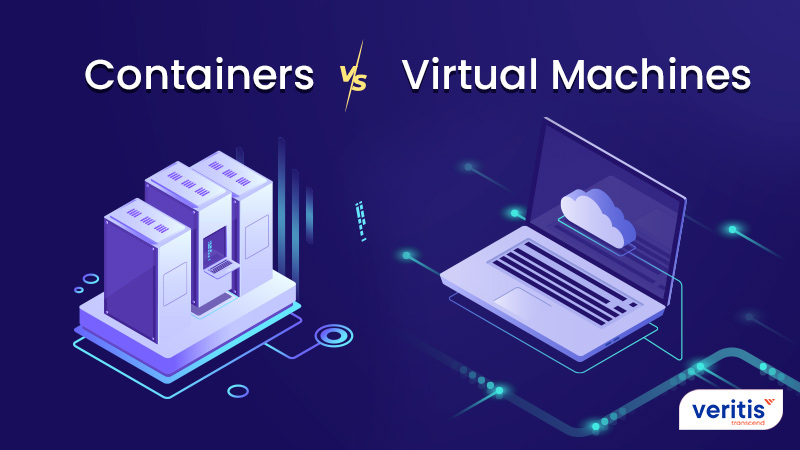
Virtual Machine (VM) security and Container security are two distinct approaches to securing different types of virtualized environments.
Here's a Comparison of the key Differences Between the Two:
Virtual Machine (VM) Security:
Isolation Model:
Resource Allocation:
Operating System:
Overhead:
Start Time:
Management Complexity:
Use Cases:
Container Security:
Isolation Model:
Resource Allocation:
Operating System:
Overhead:
Start Time:
Management Simplicity:
Use Cases:
Security Considerations:
VM security often focuses on securing the hypervisor, guest OS, and VM-to-VM isolation. It's suitable for multi-tenant environments and legacy applications.
Container security emphasizes securing the container runtime, images, and container-to-container security. It's suitable for modern, cloud-native applications and microservices.
Both VM and container security share common practices, such as vulnerability scanning, access controls, network security, monitoring, and compliance. However, the implementation details and tools used can vary.
In many cases, both VMs and containers are used in tandem to achieve a balance between strong isolation (VMs) and resource efficiency (containers). The choice between VMs and containers depends on the specific requirements of your workloads and your organization's security and resource needs.
Thank you.